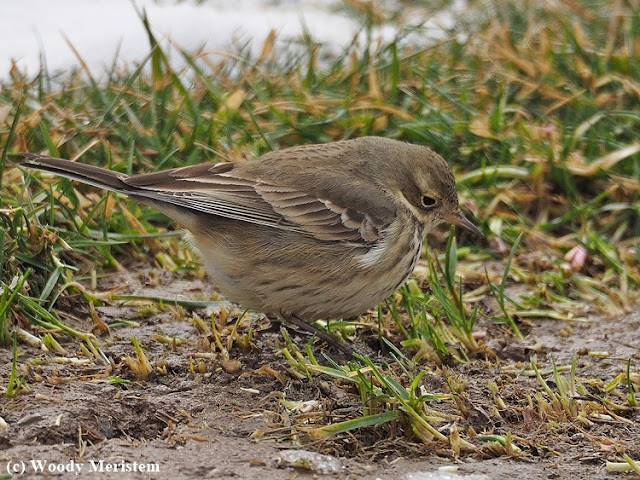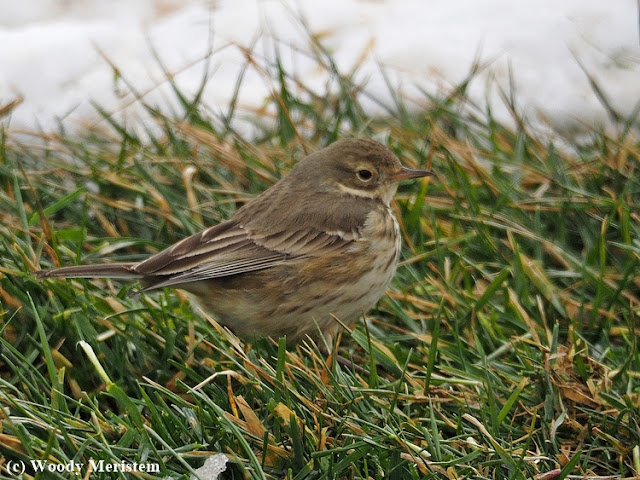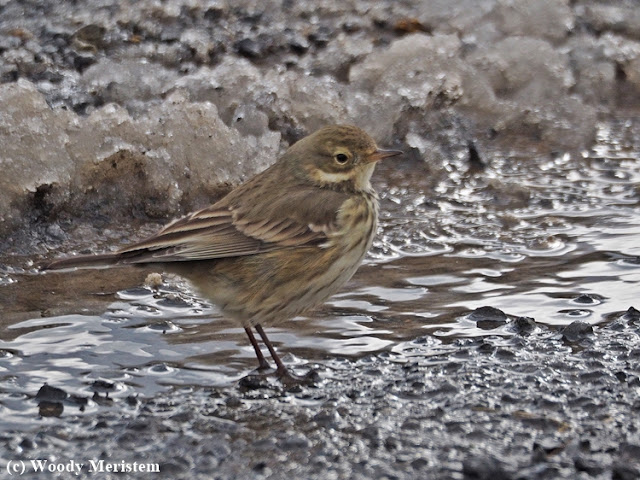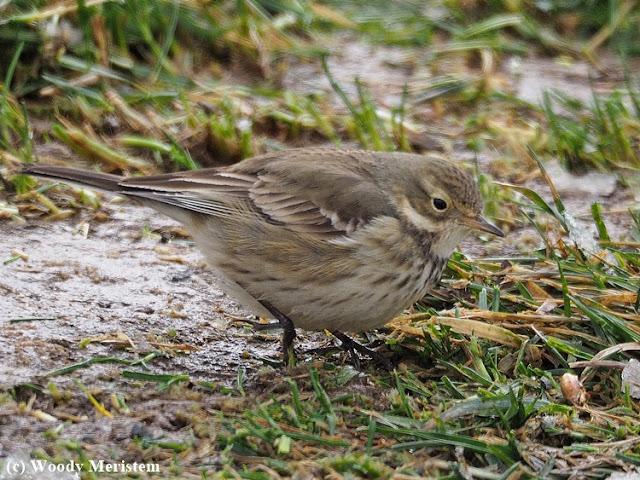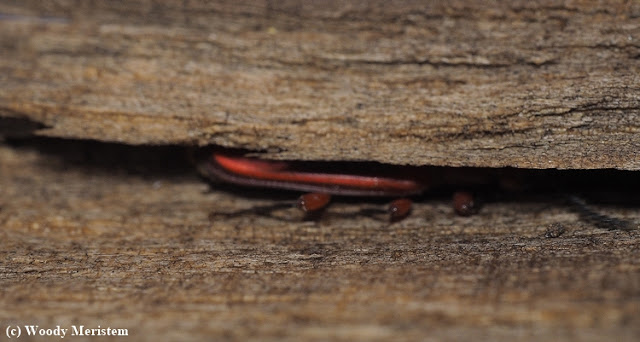The Merriam Webster dictionary definition of bleak: exposed and barren and often windswept
During the night about four inches of snow fell but changed to rain before dawn, melting some of the snow. And so, I spent part of the morning clearing the driveway and the mound of much heavier compacted snow and slush that the snowplow had deposited where the driveway meets the road. It was still raining lightly, washing away my enthusiasm for walking in forest and field.
We decided to head for our favorite fast food place to pick up lunch and then take a ride through the valley where we lived when we first came to northcentral Pennsylvania 51 years ago.
As we were eating I thought about an area of huge agricultural fields where there was the possibility of seeing open country birds and maybe even a real prize – a snowy owl.
Off we went on this gray day with dense gray clouds overhead. We headed for an area of over 2,500 acres of harvested corn and soybean fields broken up by only a few widely-spaced fencerows, occasional farmsteads, one large stream and a couple of township roads.
Close to the center of the area, along one of the township roads we saw several nondescript brownish birds – what were they? Letting the car inch slowly forward it became easy to identify them as American pipits, a classic bird of open treeless country that breeds on the arctic tundra and seeks similar habitat in which to spend the winter. Corn and soybean stubble, snow covered ground and a stiff west wind must have seemed like “home” to them. The birds were reluctant to leave the clear edge of the road and offered good opportunities for a few photographs –
Beyond the pipits a larger flock of birds took to the air at random intervals and the few times a vehicle passed. We eased on past the pipits and toward the larger flock. Those birds, although they tended to circle around and land on the road’s margin as well, would often land out in the fields where there was no bare ground nor much stubble showing. They turned out to be horned larks, another bird at home in open country –
Both species were feeding on kernels of corn that had been spilled along the edge of the road as the harvested grain was trucked from the fields –
While we were watching the birds H spotted a large light-colored bird winging overhead carried along by a west wind blowing across the bare fields at 35 miles an hour. Not a snowy owl, this was the “gray ghost” a male harrier – called a marsh hawk in my youth. I quickly got out of the car trying for photos of the harrier, too slow and too late – the wind had already carried it beyond view.
It was time to leave this bleak place to the birds that feel at home on bare ground in a cold wind.

